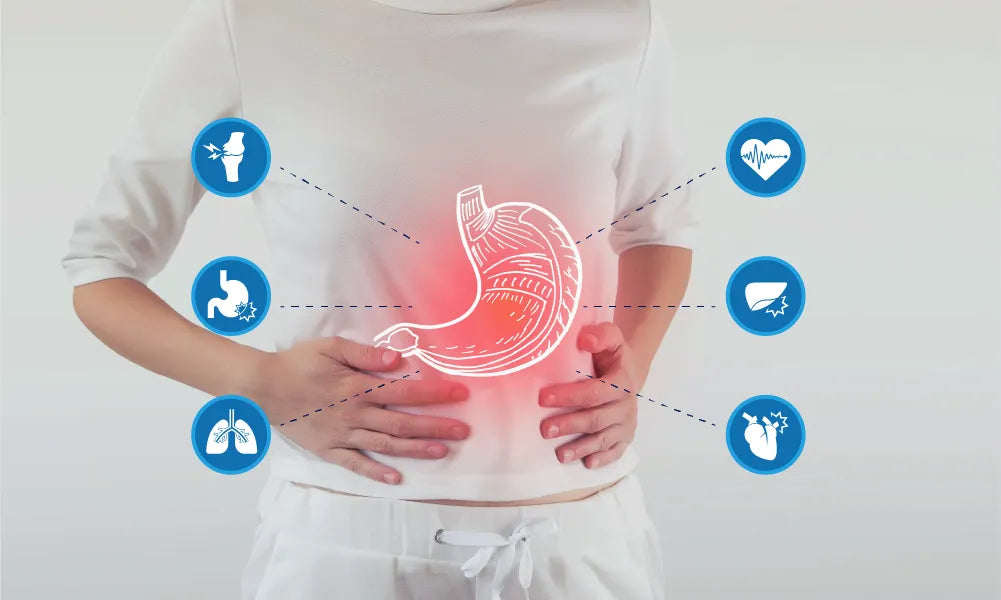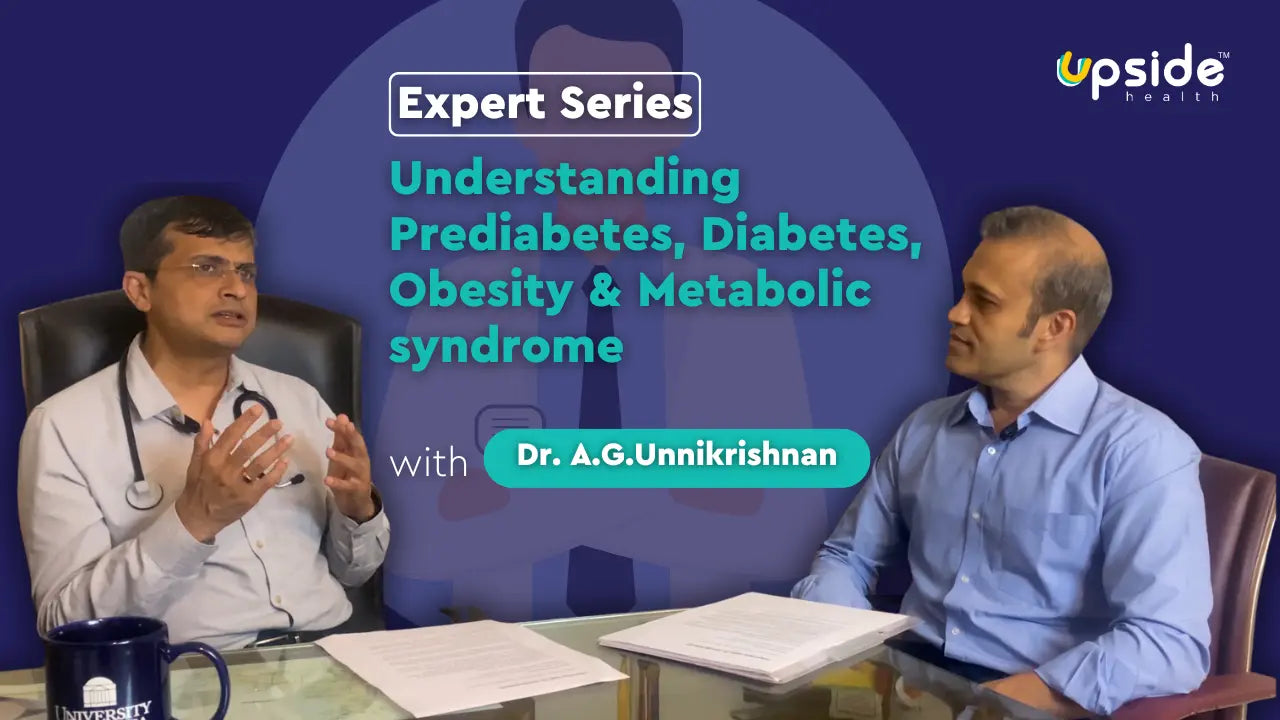
The worldwide food framework is neglecting to address wholesome issues, with developing worries for well-being connected with both under-, over-utilization, and serious micronutrient inadequacy. The second Maintainable Improvement Objective (SDG2) focuses on the finishing of ailing health in all structures by 2030. To address this test, the concentration around food security and ailing health should be widened past the extent of adequate energy admission to assess absolute supplement supply and prerequisites.
Here, interestingly, we have quantitatively planned the worldwide food framework regarding energy, protein, fat, fundamental amino acids, and micronutrients from "field to fork," standardized to a fair for each capita accessibility metric. This structure considers the assessment of the adequacy of supplement supply, distinguishes the vital areas of interest inside the worldwide food production network that could be focused on for further developed productivity, and features the compromises that might emerge in conveying a reasonable wholesome framework.
Introduction
Worldwide Ailing Health Weight
The worldwide food framework is as of now neglecting to meet the wholesome necessities of a developing human populace. The standard proportion of unfortunate sustenance — caloric craving — shows that 795 million (one in nine) individuals were undernourished in 2014-2016. The Food and Farming Association's (FAO's) latest investigation recommends that under the same old thing (BAU) progress, by 2030, 653 million individuals will stay undernourished internationally.
These measurements, nonetheless, seriously misjudge the size of the test in conveying a healthfully adequate eating routine for everybody. Unhealthiness exists in different structures past deficient energy consumption: it's assessed that around one billion individuals experience the ill effects of lack of protein; 33% of under-5 s are hindered; multiple billion experience the ill effects of micronutrient inadequacies; and oddly two billion grown-ups are delegated overweight or fat, areas of strength for with to a disturbing ascent in the commonness of non-transferable sicknesses (NCDs), like sort II diabetes and coronary illness (Global Food Strategy Exploration Establishment, 2016).
This challenge exists across nations of all pay levels, with a developing number of non-industrial countries encountering a "triple weight" — an expansion in the pervasiveness of stoutness in pieces of the populace close by the wide commonness of undernourishment and micronutrient lacks (Alexandratos and Bruinsma, 2012). The far-reaching and multi-layered nature of the lack of healthy sustenance comes at an extreme social expense, yet additionally a monetary one. It's assessed that a lack of healthy sustenance could adversely influence worldwide GDP by 10% each year (Horton and Steckel, 2011).
Research Points
Here, interestingly, we have planned the worldwide progression of all fundamental healthful parts — including energy, protein, fat, micronutrients (fundamental nutrients and minerals), and amino acids — from "field-to-fork," accepting per capita value (i.e., using a typical per capita measurement) accessibility. This was evaluated drawing upon the FAO's Food Monetary records (FBS) for 2011, FAO provincial product squander gauges, and FAO and the US Branch of Horticulture (USDA) supplement data sets see Techniques.
This examination fills a few needs. Right off the bat, by estimating normal supplement admissions comparative with suggested necessities, it audits the limit with which the ongoing food framework could adequately feed the ongoing worldwide populace through evenhanded appropriation.
Also, it recognizes the key framework shortcomings, which can measure up both across phases of the worth chain and across supplements, to all the more likely comprehend the passage focuses which can be focused on for further developed productivity. This passage's focus may vary among full-scale and micronutrients, making a comprehensive examination critical to perceiving the compromises and equilibrium in enhancing both.
This will consider further evaluation and examination of the limit of the food framework to satisfy developing healthful needs through time, and SDG focuses by 2030. While this has been assessed beforehand as a caloric stockpile (Cassidy et al., 2013; Bajželj et al., 2014), this conversation should be stretched out to every fundamental supplement if SDG2 is to be met.
There are three center parts important to convey a powerful food framework for everybody:
(1) an adequate scope of food things important for an eating routine of adjusted nourishing quality should be delivered and accessible for utilization at the family level;
(2) an adequate scope of items should be provincially and locally open for buyers;
(3) a different scope of nutritious items should be reasonable for shoppers at all pay levels.
Our investigation principally centers around the first of these three parts. By normalizing to a typical per capita measurement, such an examination neglects to catch the worldwide imbalances in supplement accessibility and admission which exist, and that are reflected in the last two parts. Notwithstanding, the structure used in this study holds merit in its replicability: it very well may be effortlessly scaled for use at a scope of levels including provincial, public, or neighborhood settings. For this situation, such examinations can demonstrate success in evaluating the capacity of public food frameworks or exchanges to meet homegrown healthful prerequisites.
Key Parts of a Powerful Food Framework
Adequate Food Creation
Satisfactory creation of different supplement-rich food sources is fundamental for a decent eating regimen.
Territorial Availability
Admittance to different food items should be guaranteed at provincial and neighborhood levels.
Reasonableness
Nutritious items ought to be reasonable for shoppers of all pay levels.
Strategy
Supplement Accessibility Evaluations
Information from FAO Food Asset reports for 2011 was utilized to plan the worldwide food framework, measuring supplement accessibility at each phase of the inventory network.
Food Wastage Evaluations
Food misfortune and waste figures were determined given explicit provincial rates given by the FAO.
Adjustments for Supplement Quality
Protein quality and amino corrosive accessibility were evaluated utilizing FAO and USDA organization information bases, with changes made for absorbability and micronutrient content.
FOOD AS FUEL: Healthful CALORIC Substance
MACRONUTRIENTS: THE HUGE THREE OF Nourishment
Each food we eat contains a mix of supplements, yet with regards to giving our bodies energy, three parts stick out: starches, fats, and proteins. All in all, alluded to as macronutrients, these parts act as the essential wellsprings of calories in our eating regimen.
- Carbs: Yielding 4 calories for each gram, carbs are the body's favored energy source. They are quickly changed over into glucose, a kind of sugar that powers each cell. There are two fundamental sorts of carbs: basic (like those in foods grown from the ground) and complex (tracked down in grains and vegetables).
- Fats: More calorie-thick than starches, fats give 9 calories for every gram. They act as a drawn-out energy store and are essential for safeguarding our organs, retaining specific nutrients, and controlling chemicals.
- Proteins: Like carbs, protein bars additionally offer 4 calories for each gram. Past giving energy, proteins assume a crucial part in fixing and building body tissues, combining catalysts, and supporting resistant capability.
Using MACROS: FROM PLATE TO ENERGY
When consumed, our body unexpectedly processes each macronutrient:
- Sugars: After absorption, most carbs are changed over into glucose, which either energizes our cells or gets put away in the liver and muscles as glycogen. At the point when our glucose levels are high, abundant glucose can be put away as fat.
- Fats: Dietary fats are separated into unsaturated fats and glycerol. While a few unsaturated fats are utilized for surefire energy, others are put away in fat cells for some time in the future. Fats can likewise be changed over into glucose when required, yet this cycle is less effective.
- Proteins: These are separated into amino acids, which are then used to assemble and fix tissues. Just when starches and fats are absent, or in instances of outrageous protein utilization, are proteins essentially utilized for energy?
Summary
This article provides an in-depth exploration of digestion, metabolism, and factors influencing weight loss. It begins by detailing the digestive process, from the mouth to the large intestine, and then delves into metabolic pathways for carbohydrates, fats, and proteins.
Various factors influencing metabolism, including age, gender, genetics, and muscle mass, are discussed, along with the concept of Basal Metabolic Rate (BMR). The Thermic Effect of Food (TEF) and the role of physical activity in caloric expenditure are highlighted, emphasizing the importance of muscle mass in boosting metabolism.
Adaptive thermogenesis, hormonal influences on weight loss, and lifestyle factors impacting metabolism, such as sleep, stress, and hydration, are also covered. Common myths and misconceptions regarding weight loss are debunked, emphasizing the importance of personalized approaches tailored to individual needs and preferences. Finally, tips and strategies for optimizing metabolism, including strength training, balanced diet, and lifestyle changes, are provided, along with case studies and scientific insights to illustrate real-world applications.
Overall, the article emphasizes the complexity of weight management and the importance of holistic approaches for long-term success.








Comments (0)
Back to Learn